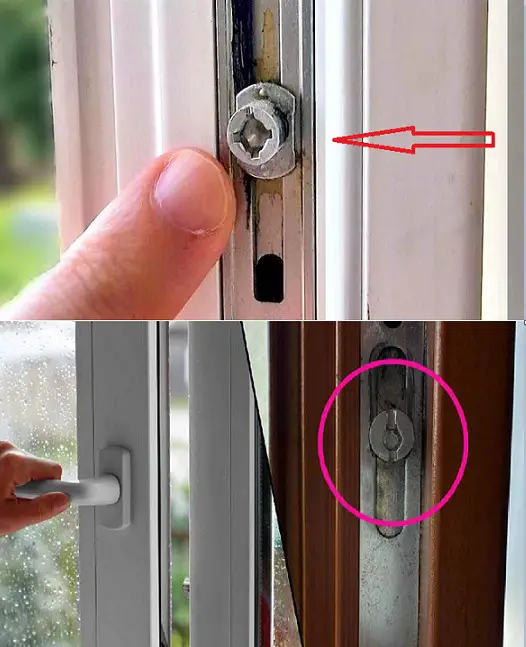As winter approaches, homeowners often seek effective methods to enhance energy efficiency and maintain a comfortable indoor environment. A lesser-known yet highly effective strategy involves adjusting your windows to a “winter mode.” This simple modification can significantly reduce heat loss, leading to substantial energy savings during the colder months.
Understanding the Concept of Window Modes
Modern uPVC (unplasticized polyvinyl chloride) windows are designed with adjustable settings to accommodate seasonal changes. These settings, commonly referred to as “summer” and “winter” modes, allow homeowners to modify the window’s seal pressure against the frame. In winter mode, the seal is tightened to minimize drafts and heat loss, while summer mode loosens the seal to promote ventilation.
Identifying Your Window Type
Before making any adjustments, it’s crucial to determine whether your windows are equipped with this feature. Typically, uPVC windows installed in the last decade include adjustable locking mechanisms. To identify if your windows have this capability, inspect the locking side of the sash for metal pins or cams, known as locking rollers or mushrooms. These components are pivotal in adjusting the window’s compression.
Steps to Adjust Your Windows to Winter Mode
- Locate the Locking Mechanism: Open the window to expose the side of the sash where the locking cams are situated.
- Determine the Current Setting: Observe the position of the locking cams. In summer mode, the cams are typically set to apply less pressure, allowing for slight ventilation.
- Adjust to Winter Mode: Using an appropriate tool, such as an Allen key or screwdriver (depending on the cam design), rotate each cam to increase the pressure. This action tightens the seal between the sash and the frame, enhancing insulation.
- Test the Adjustment: After making the changes, close the window and check for any drafts. The window should close firmly, indicating a proper seal.
Benefits of Switching to Winter Mode
- Enhanced Insulation: A tighter seal reduces drafts, maintaining a consistent indoor temperature and reducing the need for excessive heating.
- Energy Savings: By minimizing heat loss, homeowners can experience lower energy bills during the winter months.
- Improved Comfort: A well-sealed window prevents cold air infiltration, contributing to a more comfortable living environment.
Additional Tips for Maximizing Energy Efficiency
- Regular Maintenance: Periodically inspect window seals and gaskets for wear and tear. Replace any damaged components to maintain optimal performance.
- Seasonal Adjustments: Remember to revert the windows to summer mode as temperatures rise to allow for proper ventilation and prevent condensation buildup.
- Professional Consultation: If uncertain about making these adjustments, consult a professional to ensure proper handling and to avoid potential damage.
Conclusion
Adjusting your windows to winter mode is a straightforward yet effective method to enhance your home’s energy efficiency during the colder months. By tightening the window seals, you can reduce heat loss, lower energy bills, and create a more comfortable indoor environment. Incorporating this practice into your seasonal home maintenance routine can lead to significant long-term benefits.
For a visual demonstration of this adjustment process, you may find the following video helpful:

